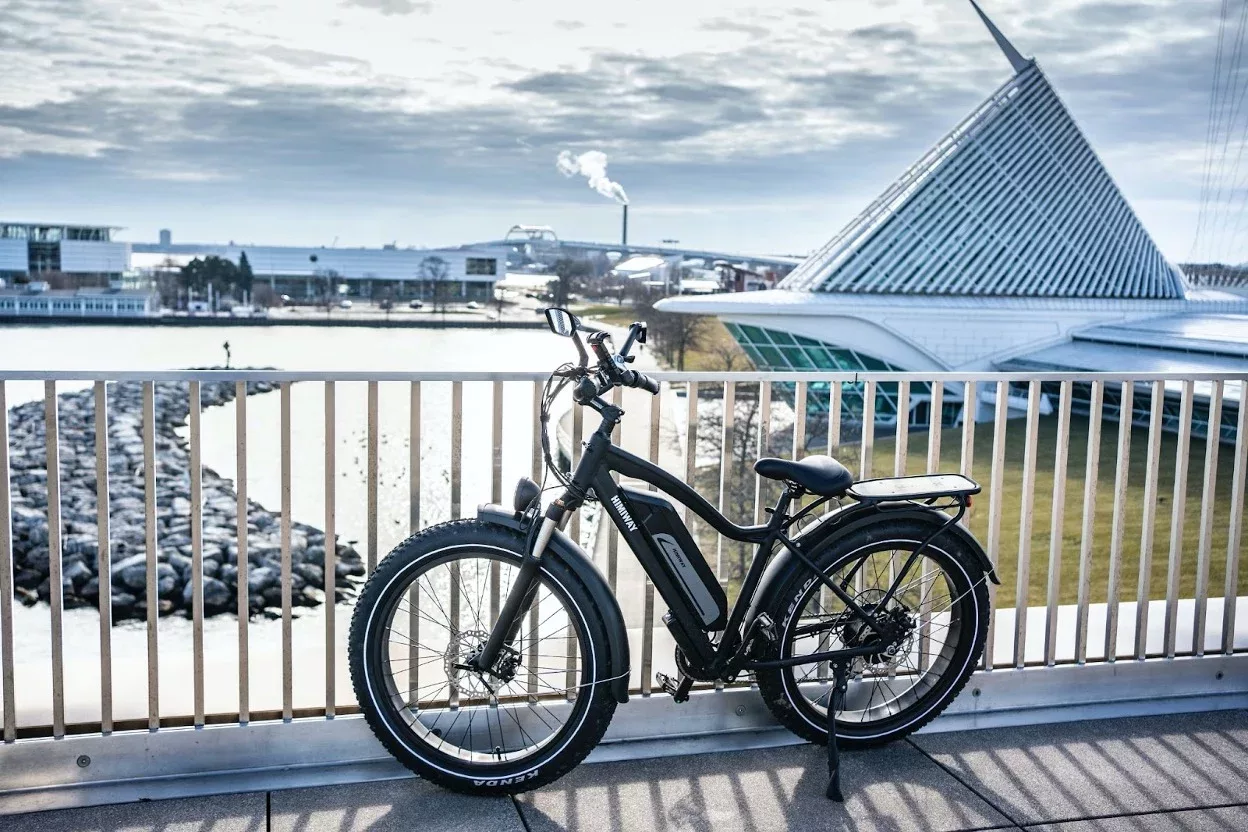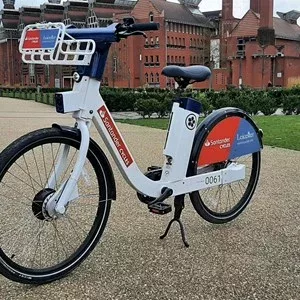Ross Hansen, Content Producer and Researcher writes this opinion piece for Highways News
We’re all aware of the harm that petrol and diesel powered cars can cause to the environment, and many of us are making a conscious effort to find more sustainable alternatives. But did you know to what extent switching four wheels for two could help the planet? From the manufacturing stage through to the end of their lifecycle, these pedal-powered vehicles provide many benefits to both human health and that of the environment.
The Bike Storage Company recently published a guide around the role of e-bikes in decarbonising transportation. We’ve picked out three of the most fascinating stats which show just how big a part bikes and e-bikes have to play in tackling climate change.
- Replacing car travel with e-bikes could cut CO2 emissions in England by up to 50%
Granted, it might not be feasible to totally replace car travel with e-bikes, but this stat just goes to show how damaging automated methods of travel can be. To cut emissions by up to 50% would be equivalent to around 30 million tonnes of carbon being saved every year. That much carbon could otherwise be saved by changing over one billion incandescent light bulbs to LED – that’s a lot of bulbs that would need changing.
If you’re thinking that eliminating 30 million tonnes of carbon from the atmosphere all sounds great, but you can’t commit to replacing car travel completely, the impact of replacing shorter car journeys could also be significant.
- Journeys below five miles represented 58% of all private car journeys in 2019
Instead of completely trading in your four wheels for two, there are ways a car can be used more efficiently in conjunction with a bike or e-bike. According to the Bike Storage Company’s guide, 58% of all private car journeys taken in 2019 measured just five miles or less. Not only is this an inefficient use of a car, but it also presents an obvious way in which bikes could come in handy to replace these shorter journeys. Switching out these journeys alone could lead to a 68 MtCO2e (metric tonnes of carbon dioxide equivalent) reduction in current car emissions.
For an experienced cyclist on a stationary bike, five miles should take no longer than around 20-25 minutes on an even surface. Whether that’s a trip to the local shops or a commute to work, setting a little extra time aside to make the journey by bike can make a big difference to your carbon footprint.
- The manufacturing footprint of bicycles is 96kg of carbon dioxide equivalent (CO2e)
According to the European Cyclists’ Federation, 96kg of carbon dioxide are produced when creating an average commuter bike. The production of e-bikes is more harmful still, with emission estimates coming in at 134kg. You’re probably wondering how any of this can possibly be beneficial to the environment, right? Well, when you compare these figures to the costs of car manufacturing, there is a vast disparity between the environmental impacts of the two processes.
An average hatchback will produce 5.5 tonnes of CO2 during manufacturing alone, whilst around 13 tonnes could be needed to make a standard SUV. This means that to produce one SUV would require over 135 times more CO2 than that needed to manufacture one commuter bike.
(Picture – Himiway Bikes on Unsplash)























